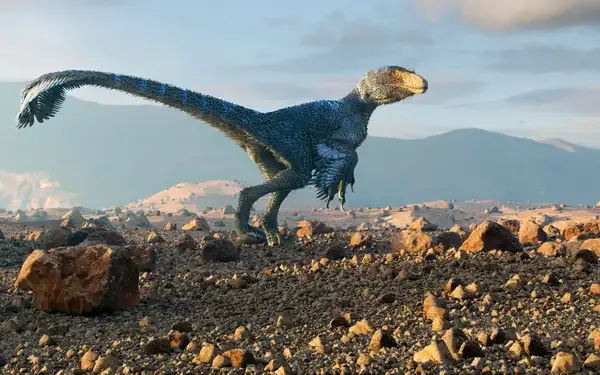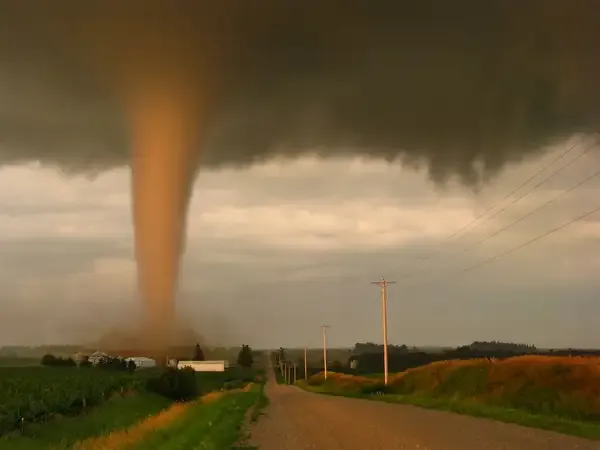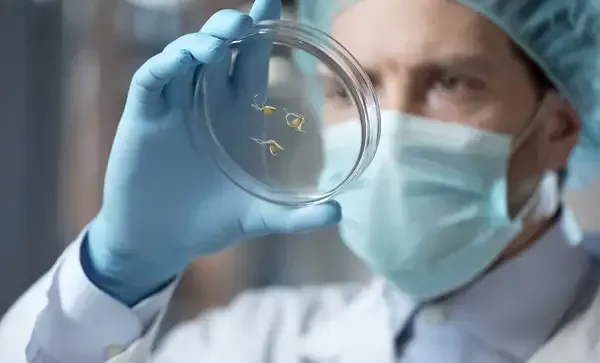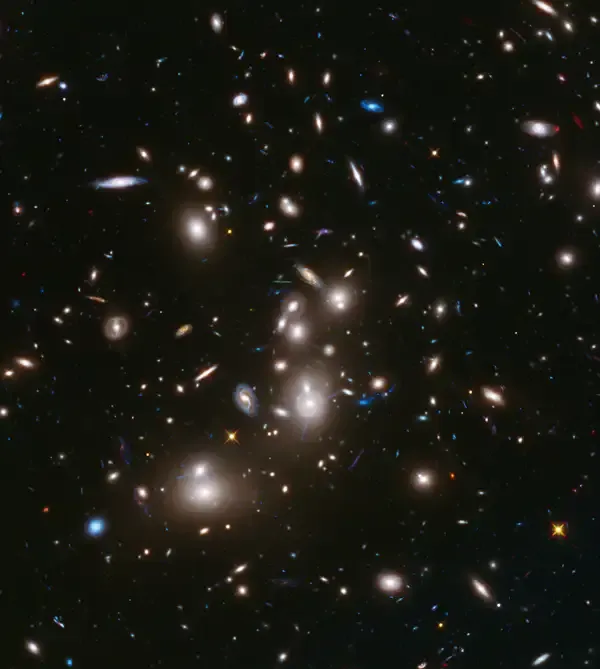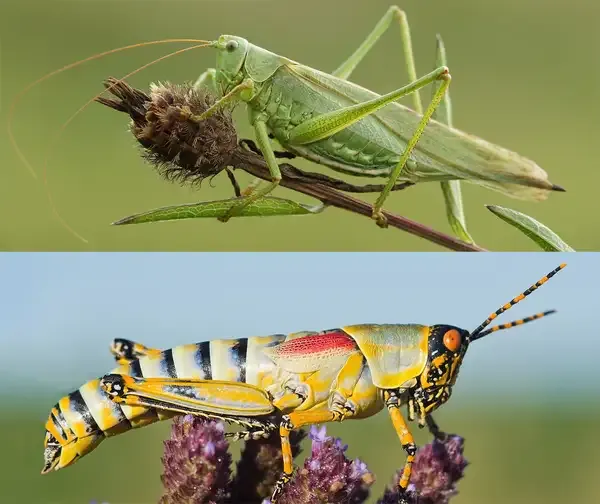How Old Is Niagara Falls?
Niagara Falls is estimated to be over 12,000 years old, originating at the end of the last Ice Age. As the glaciers receded, water from the newly formed Great Lakes carved a path through the Niagara Escarpment, creating the falls. The powerful force of the water continues to shape the landscape, causing the falls to gradually retreat upstream. Over the millennia, this natural wonder has remained a dynamic and evolving geological feature, capturing the awe of millions.
How Do We Know That Dinosaurs May Have Had Feathers?
Evidence for feathered dinosaurs comes from fossil discoveries that reveal preserved feather imprints, particularly in species like the Velociraptor and Microraptor. These fossils show feather structures similar to modern birds. Additionally, the presence of quill knobs, which are bony projections where feathers anchor, further supports this theory. The similarities in skin and bone structures between birds and certain dinosaur species also suggest a common evolutionary origin, indicating that some dinosaurs likely had feathers for insulation, display, or flight.
Why Does the United States Have More Tornadoes than Any Other Country?
The United States experiences more tornadoes than any other country primarily due to its unique geographical features. The combination of the Rocky Mountains and the Gulf of Mexico creates ideal conditions for tornado formation. Warm, moist air from the Gulf collides with cold, dry air from Canada and the Rockies, generating severe thunderstorms. The flat terrain of the Great Plains, often referred to as "Tornado Alley," allows these storms to intensify and spawn tornadoes more frequently.
Why Does Your Voice Change as You Age?
As you age, your voice undergoes changes due to alterations in the larynx, vocal cords, and surrounding muscles. The vocal cords may become thinner and less elastic, leading to a weaker, breathier sound. Hormonal changes can also affect pitch and tone. Additionally, muscles supporting the vocal apparatus may weaken, impacting vocal control and strength. These physiological changes contribute to the characteristic differences in voice quality and pitch observed in older adults.
When Were the First GMOs Developed?
The development of genetically modified organisms (GMOs) began in the early 1970s. Scientists first manipulated DNA to create recombinant DNA, which led to the creation of the first GMO bacterium in 1973 by Herbert Boyer and Stanley Cohen. This breakthrough paved the way for advancements in genetic engineering. The first genetically modified plant was produced in 1983, and by the 1990s, GMOs had made their way into commercial agriculture, with the introduction of crops like herbicide-resistant soybeans and pest-resistant corn.
Saving Sharks in the 2020s
In the 2020s, saving sharks has become a pivotal environmental focus as their populations face severe declines due to overfishing, habitat loss, and climate change. Conservation efforts include implementing stricter fishing regulations, establishing marine protected areas, and promoting sustainable seafood choices. Public awareness campaigns aim to change perceptions and reduce demand for shark products. Collaborative international efforts are crucial in safeguarding these vital apex predators, ensuring they continue to play their essential role in maintaining ocean health and biodiversity.
How Do Scientists Predict Tsunamis After Earthquakes?
Scientists predict tsunamis after earthquakes by monitoring seismic activity and using underwater sensors to detect changes in sea level. They analyze data from seismographs to assess the earthquake’s magnitude and location, determining whether it has the potential to generate a tsunami. Computer models simulate wave propagation, helping to estimate arrival times and potential impact areas. Early warning systems then alert vulnerable regions, allowing for timely evacuations and preparations to mitigate the tsunami's effects.
Is Mount Everest Really the Tallest Mountain in the World?
Mount Everest is widely recognized as the tallest mountain in the world when measured from sea level to its peak, reaching an elevation of 29,032 feet. However, if measured from base to summit, Mauna Kea in Hawaii surpasses Everest. Mauna Kea's base is located deep beneath the Pacific Ocean, and when its underwater portion is included, it measures over 33,500 feet. Additionally, if considering the point farthest from Earth's center due to the equatorial bulge, Mount Chimborazo in Ecuador takes precedence.
What Was the Science Behind Medical Bloodletting?
Medical bloodletting was based on the ancient belief that health depended on the balance of bodily fluids, known as humors. Practitioners thought that removing blood could restore this balance and cure various ailments. The practice was influenced by the teachings of Hippocrates and Galen, who emphasized humoral theory. Bloodletting was used for conditions like fevers and inflammations, despite lacking scientific evidence. It persisted for centuries until modern medicine and a better understanding of human physiology rendered it obsolete.
Why Did Adult Humans Start Drinking Milk?
Adult humans started drinking milk due to a genetic mutation that allowed them to digest lactose, the sugar found in milk, beyond infancy. This mutation likely provided a nutritional advantage in early agricultural societies where dairy farming was prevalent, offering a reliable source of calories, protein, and essential nutrients. Over time, this ability to digest lactose became more widespread in populations with a history of dairy consumption, leading to the cultural and dietary integration of milk into adult diets.
What Is the Difference Between a Grain and a Seed?
Grains and seeds are both vital components of agriculture, but they differ in function and structure. A grain is the edible seed of cereal crops like wheat, rice, and corn, often used for human and animal consumption. It is typically a small, hard, and dry seed. In contrast, a seed is the reproductive unit of a plant, capable of developing into a new plant. While all grains are seeds, not all seeds are grains, as seeds encompass a broader category including legumes and nuts.
What Does Photosynthesis Produce?
Photosynthesis is a vital process in which green plants, algae, and some bacteria convert light energy into chemical energy. During this process, these organisms use sunlight, carbon dioxide, and water to produce glucose and oxygen. Glucose serves as a crucial energy source for plants, fueling their growth and development. Oxygen, a byproduct of photosynthesis, is released into the atmosphere, playing an essential role in maintaining the Earth's oxygen levels and supporting aerobic life forms.
Why Is Grass Green?
Grass appears green due to the presence of chlorophyll, a pigment crucial for photosynthesis. Chlorophyll absorbs most wavelengths of light, particularly in the blue and red spectra, but reflects green light, which is why grass looks green to us. This reflection of green light is an evolutionary adaptation that allows plants to use the energy from sunlight effectively for converting carbon dioxide and water into glucose and oxygen, sustaining their growth and energy needs.
How Fast Is the Universe Expanding?
The universe is expanding at an accelerating rate, a discovery that has profoundly impacted our understanding of cosmology. This expansion is measured by the Hubble constant, which estimates the speed at which galaxies move away from each other. Current estimates place the Hubble constant at approximately 70 kilometers per second per megaparsec, though there is some debate and variation in measurements. The acceleration is attributed to dark energy, a mysterious force that makes up about 68 percent of the universe.
Why Are Tomatoes Red?
Tomatoes are red primarily due to the presence of a pigment called lycopene, which is a type of carotenoid. As tomatoes ripen, chlorophyll breaks down and lycopene accumulates, giving them their characteristic red color. Lycopene not only contributes to the vibrant hue but also serves as an antioxidant, providing health benefits. The red coloration is an evolutionary trait that attracts animals, aiding in seed dispersal, which is essential for the propagation of the tomato plant.
What Are Matrices Used For?
Matrices are fundamental tools in various fields for organizing and manipulating data. In computer graphics, they facilitate transformations and 3D rendering. Engineers use them to solve systems of equations and model physical systems. In statistics and data analysis, matrices help manage data sets and perform operations like linear regression. They are crucial in quantum mechanics for representing and solving quantum states. Additionally, matrices play a significant role in machine learning, enabling complex computations and data transformations.
How Do You Tell the Difference Between Total, Annular, Solar, and Lunar Eclipses?
Total and annular eclipses occur when the Moon comes between the Earth and the Sun. In a total eclipse, the Moon completely covers the Sun, casting a shadow on Earth. An annular eclipse happens when the Moon is farther from Earth, and its apparent size is smaller, leaving a ring of the Sun visible. A solar eclipse involves the Moon blocking sunlight, while a lunar eclipse occurs when the Earth is between the Sun and the Moon, casting a shadow on the Moon.
What Is the Most Aerodynamic Animal?
The peregrine falcon is often considered the most aerodynamic animal, known for its incredible speed and agility in flight. This bird of prey can reach speeds over 240 miles per hour during its characteristic hunting stoop, or dive. Its streamlined body, pointed wings, and powerful muscles allow it to cut through the air with minimal resistance. The falcon's specialized feathers reduce drag, while a unique respiratory system provides efficient oxygen intake, enabling it to maintain high speeds and maneuverability.
Is Honey Sweeter Than Sugar?
Honey and sugar are both popular sweeteners, but they differ in taste, composition, and sweetness. Honey is primarily composed of fructose and glucose, giving it a slightly sweeter taste than sugar, which is primarily sucrose. The natural flavors and aromas in honey can enhance its perceived sweetness. Additionally, honey contains trace amounts of vitamins, minerals, and antioxidants, which are absent in refined sugar. However, both should be consumed in moderation due to their high calorie content.
What’s the Difference Between a Grasshopper and a Cricket?
Grasshoppers and crickets both belong to the order Orthoptera, yet they differ in several ways. Grasshoppers tend to have shorter antennae, and they are primarily active during the day, whereas crickets have long antennae and are mostly nocturnal. Grasshoppers usually produce sound by rubbing their hind legs against their wings, while crickets create chirping sounds by rubbing their wings together. Additionally, grasshoppers are known for their powerful jumping abilities, while crickets are less adept jumpers.


